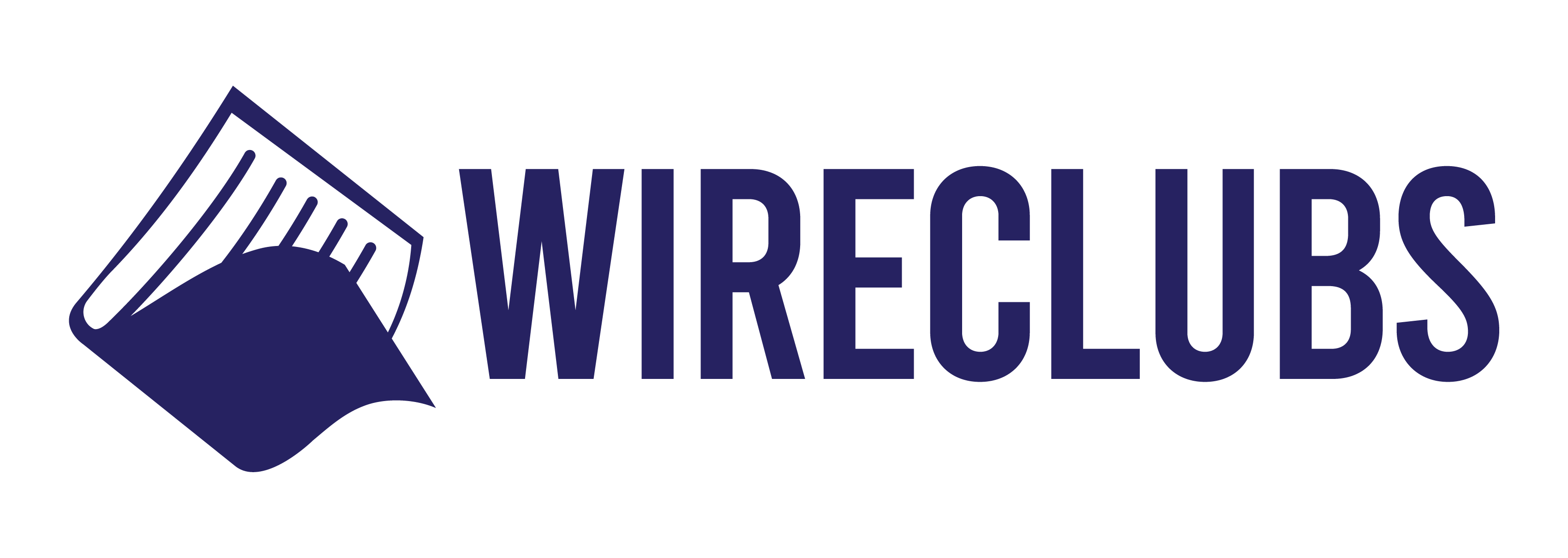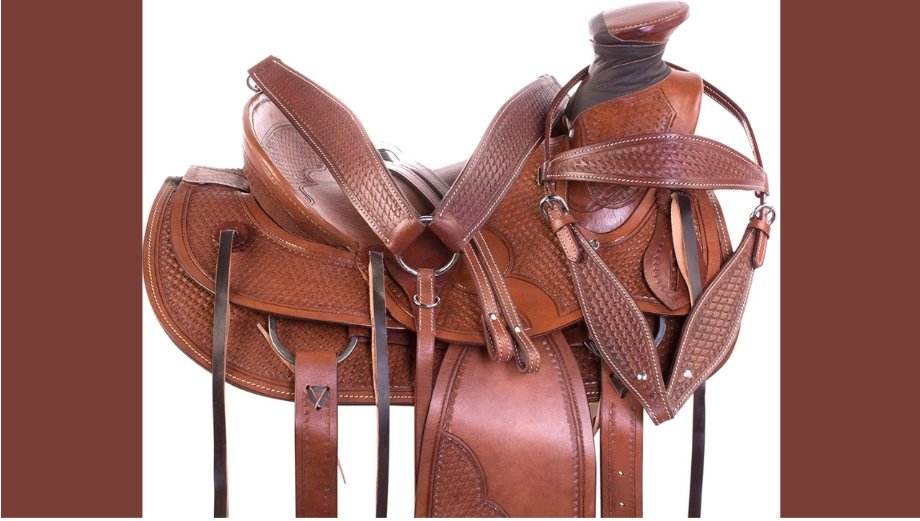Purchasing a used horse saddle is a practical and budget-friendly choice for many riders. New saddles can be costly, especially when you’re looking at high-quality brands or custom fits.
A well-maintained used saddle can provide the same quality, comfort, and functionality as a new one but at a fraction of the price. With proper research and inspection, buying used can offer tremendous value without compromising the comfort of you or your horse.
Benefits of Buying a Used Horse Saddle
Opting for a used saddle has several advantages. The main benefit is cost savings—used saddles can cost significantly less than new ones, making high-end brands and specialty designs more accessible. Additionally, many used saddles are already broken in, meaning they have softened and moulded over time, which can enhance comfort for both horse and rider.
Why Choose a Used Saddle?
- Cost Savings: Used saddles can be 30-60% cheaper than their new counterparts.
- Access to High-Quality Brands: You may be able to afford premium brands that would otherwise be out of reach.
- Comfort and Fit: Since many used saddles are already broken in, they may provide immediate comfort without needing a break-in period.
Buying used is particularly beneficial for beginners or those who may want to try different saddle types and brands without a major financial commitment.
Factors to Consider When Buying a Used Saddle
When buying a used saddle, it’s essential to assess both fit and condition. A saddle that doesn’t fit well can cause discomfort, soreness, or even injury to the horse. Similarly, poor structural integrity can lead to saddle failure over time.
Key Considerations
- Fit for Horse and Rider: The saddle should fit the horse’s back comfortably and match the rider’s seat size and leg length.
- Condition of the Saddle: Look for wear and tear on key areas such as the tree, leather, and padding. Structural damage can affect comfort and safety.
A thorough inspection will help ensure you’re buying a saddle that’s not only comfortable but also safe and long-lasting.
How to Inspect a Used Saddle for Quality
Evaluating a used saddle requires a close inspection to check for hidden damage. Knowing what to look for will help you make an informed purchase.
Checklist for Saddle Inspection
- Tree: Check the saddle tree for cracks or warping. Press on the pommel and cantle to ensure there’s no excessive flexibility, as this could indicate a broken tree.
- Leather Condition: Look for soft, supple leather without cracks. Cracking or excessive stiffness may suggest poor maintenance.
- Stitching: Inspect all seams for loose threads, particularly around high-stress areas like the girth and stirrup attachments.
- Padding and Flocking: Ensure padding is intact and provides even support. Compressed or uneven flocking can cause discomfort for the horse.
A quality used saddle will have minimal signs of wear and no significant damage. Inspecting thoroughly ensures you’re investing in a reliable saddle.
Useful Accessories for Comfort and Fit
- Saddle Pads: A good saddle pad provides extra cushioning, helping distribute weight evenly and preventing pressure points on the horse’s back.
- Stirrups and Girths: Upgrading stirrups or girths can improve the saddle’s security and your riding stability.
- Cinch Straps: For Western saddles, cinch straps can improve fit and prevent shifting during the ride.
Planning for these additional costs and accessories ensures your used saddle is fully functional, comfortable, and safe for your horse.
Top Used Saddle Brands to Consider
Some saddle brands are especially popular in the used market due to their durability, comfort, and long-lasting reputation. Buying a used saddle from a reputable brand can provide the quality you need without the premium price of a new saddle.
Popular and Reputable Brands
- Circle Y: Known for Western saddles, Circle Y provides durable options that are comfortable and stylish, ideal for trail and performance riding.
- Stubben: Stubben saddles are favoured for English disciplines, particularly dressage and jumping. Their close-contact designs and high-quality materials make them a top choice for competitive riders.
- Wintec: Wintec offers synthetic saddles that are affordable and easy to maintain, making them ideal for beginner riders or those on a budget.
- Tucker Saddles: Specialising in trail saddles, Tucker is renowned for its ergonomic designs, which provide added comfort for long rides.
Choosing a used saddle from a well-regarded brand ensures quality craftsmanship, making the saddle a reliable, long-term option for most riders.
Conclusion
Buying a used horse saddle is a practical, cost-effective way to acquire a high-quality saddle without stretching your budget. By focusing on factors like saddle fit, quality, and condition, you can find a used saddle that meets your needs and enhances your riding experience. Thoroughly inspecting the saddle, test-riding when possible, and budgeting for any necessary repairs or accessories are essential steps to ensure satisfaction with your purchase. Whether you choose leather for its classic durability or synthetic for its easy maintenance, a well-chosen used saddle can serve you and your horse well for years.
FAQs
- What should I look for when buying a used saddle?
- Focus on the saddle’s condition, including any wear on the tree, stitching, and padding. Ensure it fits both you and your horse properly, and test it if possible.
- Are used leather saddles a good choice for beginners?
- Yes, a used leather saddle can be an excellent choice for beginners as it offers durability and often comes already broken in, which can improve comfort.
- Where can I find high-quality used saddles online?
- eBay, TackTrader, and Facebook groups focused on equestrian gear are popular options. Local tack shops may also offer quality used saddles and expert advice.
- How can I tell if a used saddle’s tree is broken?
- Press down on the pommel and cantle to check for unusual flexing or cracking sounds, which may indicate a broken tree. It’s best to have a professional inspect the saddle if you’re unsure.
- What are some common repairs needed for used saddles?
- Common repairs include re-stitching, re-padding, and replacing worn parts like billets or stirrup leathers. Minor repairs are often affordable and can extend the saddle’s lifespan.











